Like other Latin American cities, Bogotá has seen dramatic population growth in recent decades, as an intense process of rural-urban migration brought people to Colombia’s capital city in search of economic opportunity and refuge from armed conflict. With a total population of just under 8 million, Bogotá’s secretary of education faces a challenge in accommodating the city’s school-age population of more than 1.4 million children and youth in approximately 700 school buildings. It is worth noting that 99 percent of students enrolled in the city’s government schools are from low-income backgrounds, whereas only 0.2 percent are in higher-income strata.[1]
To maximize enrollment, Bogota’s public schools operate in two shifts, one in the morning and one in the afternoon. Until recently, all public school students attended classes for a half-day, as compared with a full day at private schools. The limited class time means that curricula in public schools focus on academic subjects such as language, mathematics and science, with little exposure to so-called non-cognitive subjects like physical recreation and the arts.
Reducing Disparities in Education Quality and Learning Outcomes
Bogotá’s current secretary of education, Óscar Sánchez Jaramillo, is trying to change that. I met with Secretary Sánchez and his team in their offices in November 2013, where they explained their efforts to ensure that children and youth in Bogotá have equitable access to “integral learning.” In 2012 the secretary introduced the 40 by 40 program to increase class time in government schools to a full day, so that students attend 40 hours per week, 40 weeks a year. So far the program has been implemented in 63 schools, reaching more than 114,000 students; in 2014 it will expand to 100 schools. With the additional school time, students now have access to programming in sports, arts and citizenship, which the secretary sees as essential to quality and equity in education. “With this program we are committing to development of knowledge, but also to development of the self.” The secretary is now exploring ways to measure the impact of the expanded curriculum on students’ learning outcomes, attitudes and behaviors.
On November 14, 2013, in collaboration with the Escuela Nueva Foundation and the United Nations Development Program in Colombia, the secretary of education convened an all-day workshop with researchers, assessment experts and practitioners to discuss measurement of learning in non-academic domains. Presenters shared the results of studies conducted throughout Colombia on the impact of dance, music and sports programs on outcomes such as convivencia [2] (which roughly translates to “coexistence”) and citizenship attitudes and behaviors, as well as academic outcomes. The Colombian Institute for the Promotion of Higher Education (ICFES) also presented the results of its test on citizenship competencies in grade 9, which evaluates skills such as civic knowledge, critical thinking and problem solving.
This was the first such gathering of experts in measurement and assessment in Colombia, but hopefully not the last. Through such dialogue, the secretary seeks to gather information on national and international experiences in learning measurement to inform Bogota’s assessment system. Representing the secretariat of the Learning Metrics Task Force (LMTF), I attended the workshop to present the recently released recommendations and current plans for moving them forward. Workshop participants then worked in small groups to consider how the LMTF framework of seven learning domains might be applied in the Colombian context. In particular, attendees were interested to hear about plans for developing a global indicator of youth skills and values related to thriving as a citizen of the world.
Education Prospects for Youth in Bogotá
I also had the opportunity to attend an event for youth sponsored by Secretary Sánchez at a community center in Kennedy, one of the poorer neighborhoods in the city. Young people from two districts were brought together for a day of activities designed to explore their views on education equality, access, finance and citizenship. One ninth grade student with a high level of proficiency in English—Daniela—explained that this was the first time she had visited the community center or had been asked her perspective on such topics. For her, it was an empowering experience: “We want things to change so that higher education in Bogotá is not just for the wealthy.” At the moment, Daniela doubts she will have the opportunity to attend college due to the high costs. For youth from low-income backgrounds growing up in Bogotá, prospects for education after high school appear limited.
Staff from the secretary of education’s office explained that many of the parents in Kennedy make a living by selling goods in the local public market. Since these students do not see higher education as an option, many leave high school at tenth grade to join their parents in the market, rather than staying on and completing two more years of upper secondary school. Secretary Sánchez is committed to widening access to higher education and continuing to provide fora for Bogotá’s youth to voice their opinions: “For the first time, someone is asking them what they think. Now we have to address the issues they bring up.”
[1] Presentation by Subsecretary Patricia Buriticá at UN Open Working Group side event, “Southern Perspectives on Learning and Equity in the Post-2015 Sustainable Development Agenda”, New York City, December 11, 2013.
[2] According to Enrique Chaux, convivencia is a “Spanish word with no precise translation in English. It means peaceful interaction and coexistence among members of a social group” (p. 90). Chaux, Enrique. 2009. Citizenship competencies in the midst of a violent political conflict: The Colombian educational response. Harvard Educational Review 79(1):84-93
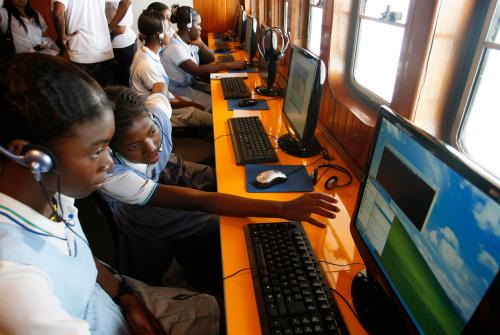
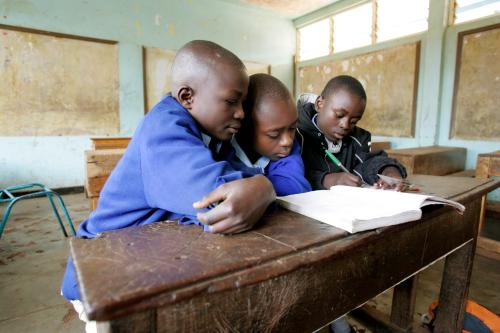
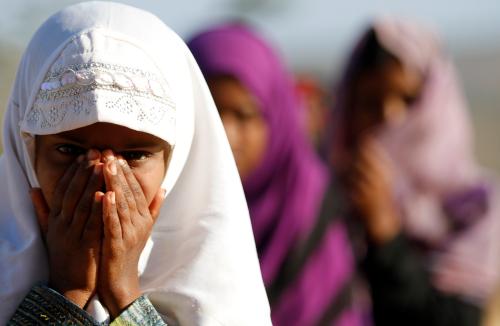
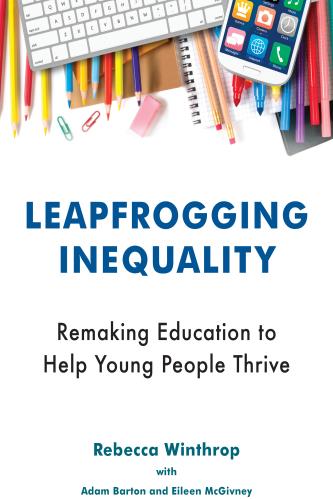
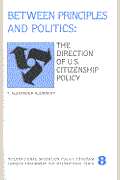

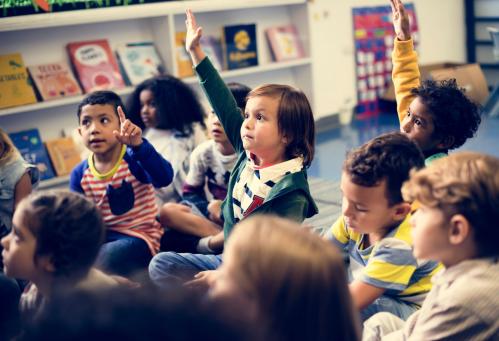

Commentary
A City’s Push for Access and Quality Education for All: Report on a Recent Visit to Bogotá
January 23, 2014